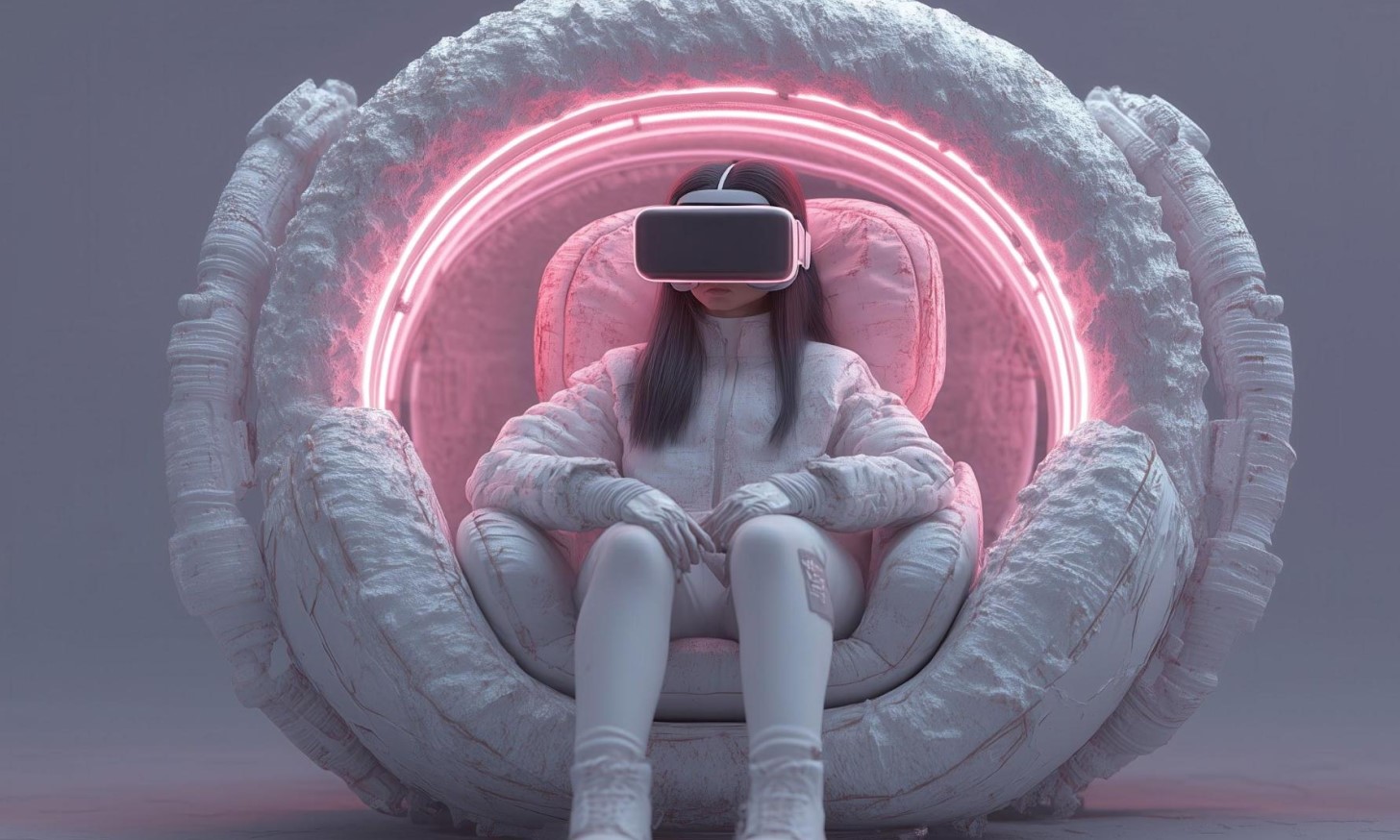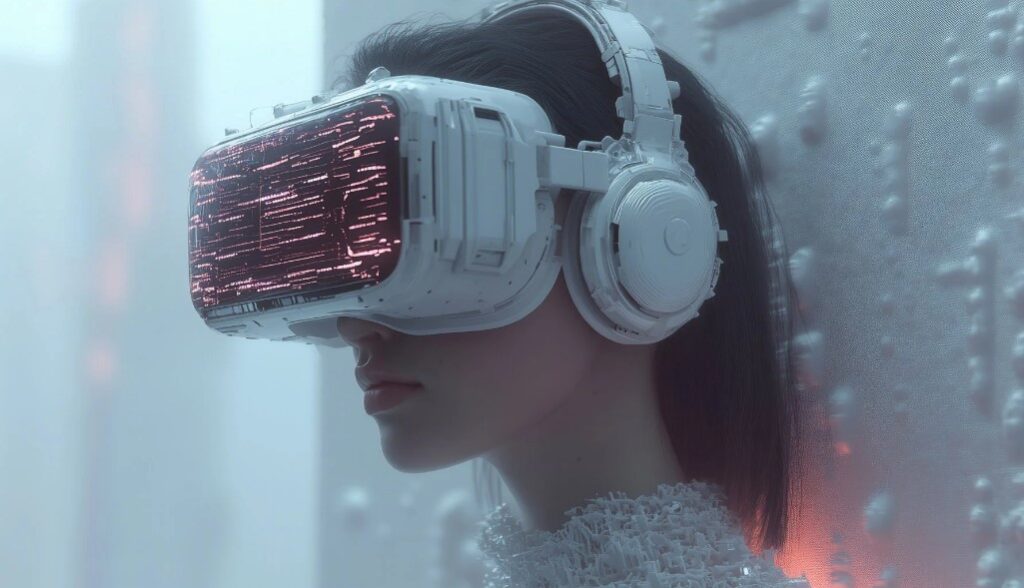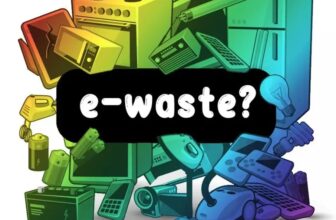
Hybrid Collapse embodies the evolution of technology itself—where AI, data, and computation converge into an artistic language. Built from neural rendering, algorithmic design, and cloud-scale workflows, the project transforms code into emotion and infrastructure into imagination, revealing how digital progress now shapes not only innovation but also the very aesthetics of contemporary culture.
Table of Contents
The Convergence of Art and Progress
We live in an era where technology is no longer a tool — it’s an ecosystem shaping every aspect of life. Hybrid Collapse stands as a vivid example of this shift: a project that doesn’t merely use digital tools, but emerges from them. It’s built inside the frameworks of artificial intelligence, computation, and data circulation, reflecting how cultural expression now evolves alongside technological innovation.
Hybrid Collapse transforms servers, neural networks, and algorithms into the architecture of creativity, turning infrastructure into imagination.
AI as a Creative Environment
In Hybrid Collapse, artificial intelligence functions not as an assistant but as a co-creator. Generative models produce surreal imagery, fragmented identities, and abstract landscapes. Machine learning contributes to sound design, generating unpredictable rhythmic structures, tonal distortions, and glitch atmospheres.
This dialogue between human and machine reshapes authorship itself. AI proposes infinite variations; the artist selects, edits, and curates. The result is a form of hybrid authorship — where intuition and algorithm merge into a single aesthetic process.
Computing Power as the New Instrument
Behind the project’s immersive videos and layered soundscapes lies high-performance computing. Rendering 4K AI visuals, training generative models, and synthesizing sound from data require the kind of infrastructure once reserved for research labs and cloud providers.
Hybrid Collapse operates like a digital studio built on computation:
- GPU clusters generate large-scale visual sequences and neural textures.
- Cloud rendering enables parallel workflows and high-resolution outputs.
- Automated pipelines turn creation into a continuous process — testing, iterating, deploying, and updating like a software release.
Art here is not a static product but a dynamic system, shaped by the same logic that drives technological progress.

Hybrid Collapse
Data as Creative Material
The raw material of Hybrid Collapse is not just sound or image — it’s data. Every visual fragment and sonic layer is born from datasets: archives, patterns, and metadata reorganized by algorithms.
This reflects a cultural truth of the digital age: we live inside a data field, where every emotion, movement, and decision leaves a trace. Hybrid Collapse transforms that condition into an aesthetic, using glitches, loops, and recursion as metaphors for life mediated by networks and computation.
Algorithms and the Attention Economy
In a media landscape ruled by recommendation systems, algorithms are the new curators. Hybrid Collapse acknowledges this and builds content designed for algorithmic circulation: short-form loops, visually striking moments, and rhythmic pacing optimized for platforms like YouTube, TikTok, and Instagram.
Yet the project also questions this dynamic. When machines decide what we see, do they become part of the creative act? Hybrid Collapse turns that question into part of its artistic vocabulary — using repetition, distortion, and rhythm as commentary on algorithmic control.
Preservation in a Rapidly Evolving System
As technology evolves, so does the risk of obsolescence. File formats vanish, platforms disappear, AI models shift. Hybrid Collapse addresses this by treating archiving as an artistic responsibility — preserving datasets, code, and audiovisual assets across redundant storage, open formats, and encrypted backups.
In doing so, it anticipates the question every digital creator must face: how do you make work that endures in an unstable technological environment?
Toward a Post-Digital Aesthetic
Ultimately, Hybrid Collapse embodies a post-digital mindset — where the boundaries between human creativity and machine computation dissolve. It reflects a world where innovation itself has aesthetic value, and where technology is not external to culture but its very language.
By turning AI, data, and computing power into instruments of expression, Hybrid Collapse shows what art becomes when it grows directly out of technological evolution — a mirror of progress, a system of emotion, and a codebase of imagination.







